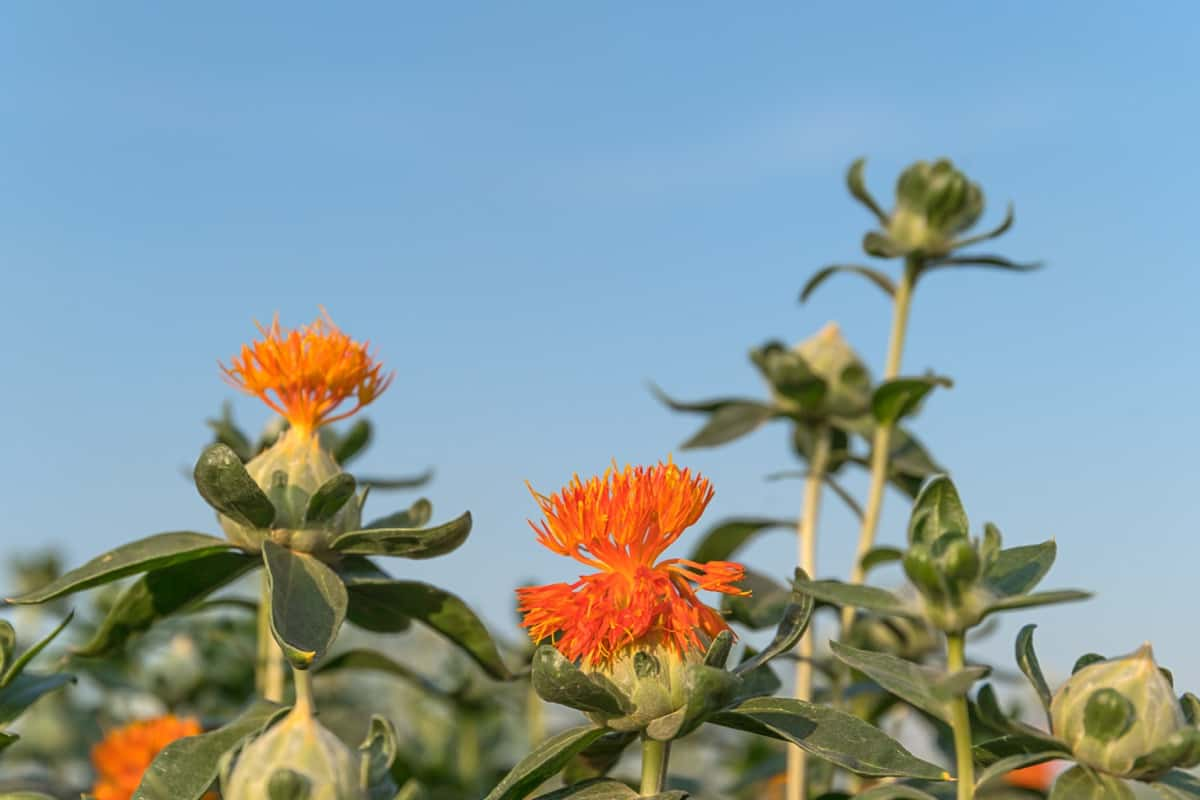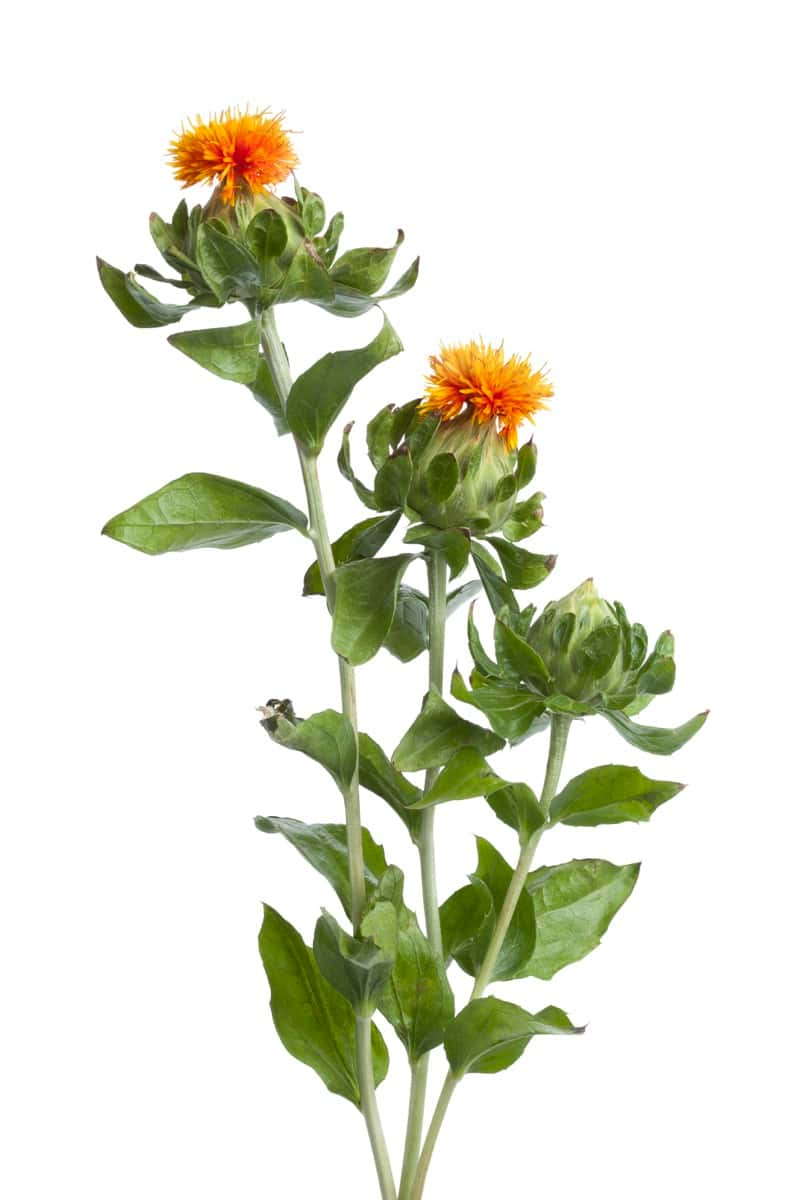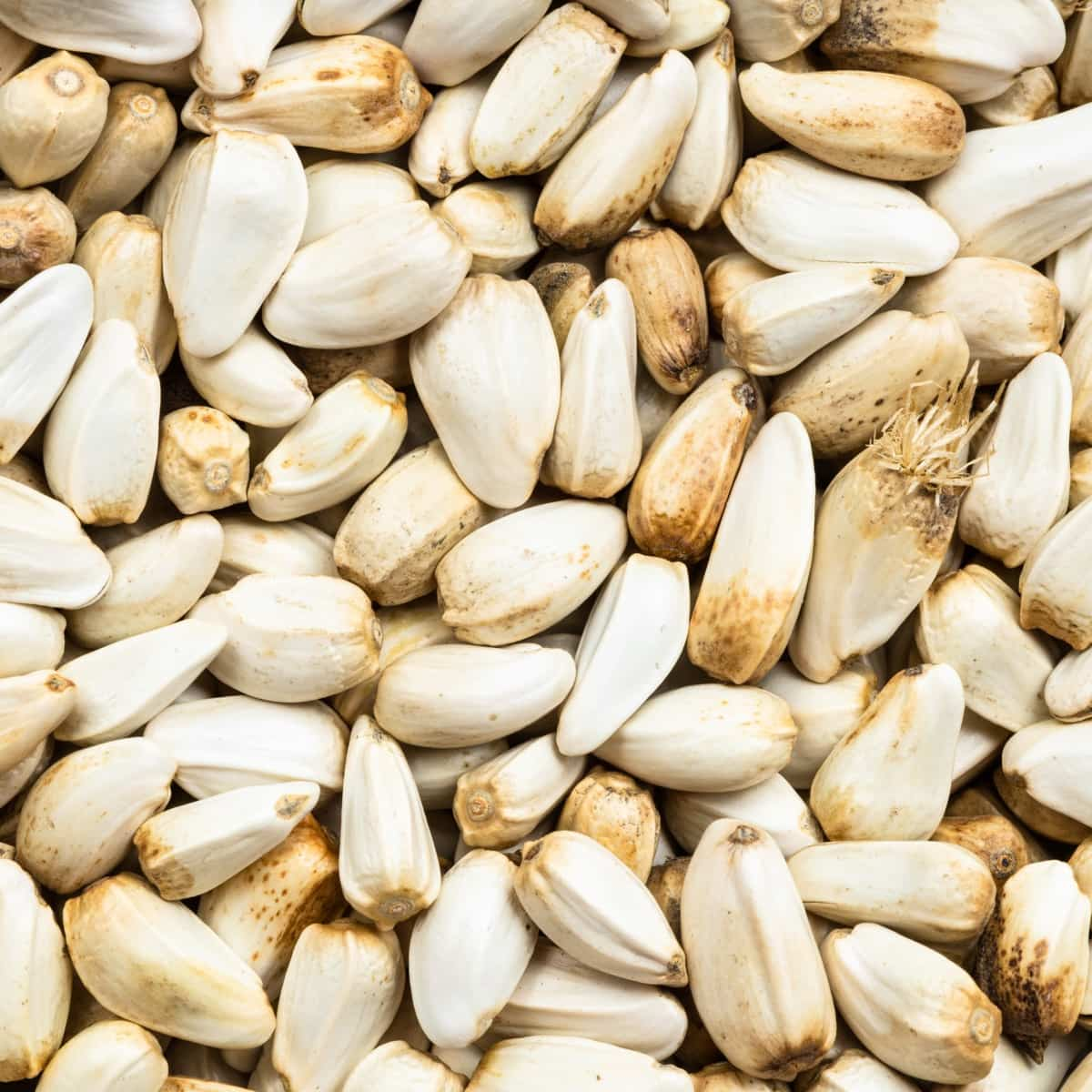Safflower farming can be a profitable venture if the right conditions are met. The climate should provide enough sunshine and warmth for the crop to grow optimally, while the soil must have good drainage and fertility. Adequate irrigation is essential as Safflower requires water during its growing stages, but excessive moisture may cause root rot. It is also important to employ effective pest control measures such as proper field hygiene practices, crop rotation, and use of pesticides when necessary.

Soil, Climate, Irrigation Requirement for Safflower Farming
Climate Suitable for Safflower Farming
Safflower is a versatile crop that can be grown in various climatic conditions. However, certain climate conditions should be met for optimal yield and quality. Firstly, it is important to note that Safflower thrives best in warm climates, with temperatures ranging from 20-25°C during the growing season. Extreme cold or hot weather may affect the growth and development of Safflower plants. Rainfall is crucial in Safflower farming, as too much or too little water can negatively impact the crop.
Safflowers require moderate rainfall of about 60 to 100 centimeters per year for proper growth and development. Excessive rains may cause waterlogging, leading to root rot and inadequate rainfalls resulting in stunted growth. Strong winds threaten Safflowers as they damage their delicate flowers, causing severe losses in yield production. Humidity also affects seed quality since high levels of humidity encourage fungal infections. Farmers must take measures such as planting resistant varieties or using fungicides when necessary.
Irrigation Requirements for Safflower Farming
Irrigation is an essential aspect of Safflower farming. The crop requires moderate water to grow and produce healthy seeds. However, too much water causes root rot, while insufficient watering produces low yields. The irrigation requirements for Safflower vary depending on the climate conditions and soil type. More frequent watering may be necessary in areas with high temperatures and low humidity compared to cooler regions with higher moisture levels.
It’s important not to overwater your Safflower plants during their early growth stage, as this can cause damage and stunt their growth. Instead, it’s advisable to provide sufficient amounts of water at intervals that allow the plant roots enough time to absorb them effectively. Drip irrigation systems are ideal for growing Safflowers since they deliver water directly into the ground around each plant’s roots instead of spraying it onto leaves or stems where it could evaporate before being absorbed by the plant.
Soil Requirement for Safflower Farming
Safflower is a versatile crop that can grow in different soil types, but the ideal conditions vary depending on the specific variety and location. Generally, Safflower requires well-drained soil with good fertility and a pH of 6.0 and 7.5. Safflower plants thrive best in soils with medium to heavy textures, providing adequate water retention capacity while allowing enough drainage simultaneously.
Soil moisture is essential for healthy plant growth, especially during germination and early seedling. Therefore, it’s crucial to maintain consistent moisture levels throughout the growing season by providing timely irrigation as required by each particular region. Supplemental irrigation may be necessary to ensure optimal yields in areas where rainfall isn’t sufficient for Safflower crops or is irregularly distributed.
Soil quality also plays a key role in determining whether a farmer needs additional fertilization since poor nutrient content can result in stunted growth and low yields. Regular soil tests before planting help farmers know which nutrients are lacking and how much fertilizer should be applied. It’s necessary to note that proper tillage practices help optimize soil structure leading to better root development while minimizing weed pressure from competing vegetation harming your crops’ growth potential.
In case you missed it: Best Potting Soil and Fertilizers for Container Gardening

Safflower Farming Guide
Soil Preparation
Safflower grows well in fertile, well-drained soils. Prepare the land by plowing it thoroughly until it reaches the fine tilth stage. Add organic manure or compost as per soil test recommendations. Safflower farming is an agricultural practice that involves cultivating and harvesting Safflower plants. Safflowers are annual, drought-resistant crops that thrive in warm regions with well-drained soils.
Propagation
Propagating Safflowers requires sowing seeds directly into the ground during springtime when temperatures reach at least 15°C. The recommended seeding rate for Safflower ranges from 7 to 20 kg/ha, depending on soil type, climate, and intended use. Plant Safflower seeds at a 2-3 centimeters depth and maintain row spacing of around 45-60 centimeters. Once planted, farmers should water the seeds regularly but not excessively to avoid moisture-related diseases.
Fertilizer Requirements
When it comes to Safflower farming, ensuring the proper fertilizer requirements are met is essential for a successful harvest. Safflower plants require specific nutrients at different stages of growth to reach their full potential. During the initial planting stage, nitrogen-rich fertilizers like urea or ammonium sulfate can promote quick and healthy root development. As the plant matures and enters its vegetative stage, phosphorus-rich fertilizers like rock phosphate can aid in overall plant growth and development.
Caring
Caring for Safflower plants involves regular weeding and pest control measures such as spraying neem oil or insecticidal soap on affected areas. This helps prevent pest damage like aphids, thrips, or spider mites.
Harvesting
Harvesting Safflowers is a delicate process that requires patience and attention to detail. Safflowers are typically ready for harvest when their petals dry out and fall off, revealing the seed head beneath. To start harvesting Safflowers, cut the flower heads about 1 inch below where they meet the stem. It’s important not to damage any of the other parts of the plant during this process.
In case you missed it: How to Grow Purple Custard Apple from Seed: A Step-By-Step Planting to Harvest Guide

Once you’ve collected all your Safflower heads, you’ll need to let them dry in a well-ventilated area until completely dry. This will ensure that any remaining moisture doesn’t cause mold or rot. After drying, gently rub each flower head between your palms over a large bowl or bucket to separate the seeds from any remaining debris.
Conclusion
Safflower farming can be a profitable and rewarding venture for farmers passionate about growing crops. With the right information, tools, and techniques, it is possible to propagate and care for Safflowers successfully. To begin with, it’s important to understand the different types of Safflower farms available before choosing what type you want to establish. Proper care and maintenance of these plants are also crucial to ensure optimal growth and yield. Whether you’re a farmer or simply someone who enjoys natural products with health benefits, learning more about Safflower farming is worth exploring.
- Feed Your Flock for Less: Top 10 Tips to Save on Chicken Feed
- Ultimate Guide to Ossabaw Island Hog: Breeding, Raising, Diet, and Care
- Hatching Answers: The Top 10 Reasons Your Chickens Aren’t Laying Eggs
- Eggs and Economics: Breaking Down the Cost of Raising Backyard Chickens
- Defend Your Greens: Proven Methods to Keep Iguanas Out of Your Garden
- Ultimate Guide to Cinnamon Queen Chicken: A Comprehensive Guide for Beginners
- Ultimate Guide to California Tan Chicken: Breeding, Raising, Diet, Egg-Production and Care
- Ultimate Guide to Marsh Daisy Chicken: Breeding, Raising, Diet, and Care
- 10 Types of Chicken Farming Businesses You Can Start for Profits